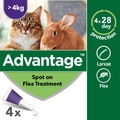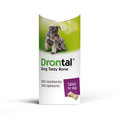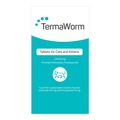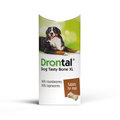One of the hardest parts of making sure your precious pooch is in the best possible health is that they can’t talk to you to let you know how they're feeling. This means it can be hard to work out what’s going on if something doesn’t seem quite right.
However, once you have a clear picture of what a totally healthy dog should look like, it becomes much easier to work out if any tweaks to their lifestyle need to be made, and if so, where. Read on for our list of signs to look out for when it comes to keeping your canine companion bright-eyed and bushy-tailed.
1) Glossy coat
Since it covers the vast majority of your pet, their coat is a great place to start looking for clues about their overall well-being. While grooming will always be necessary, the hair itself should be thick, shiny and noticeably growing.
If this is an area of concern for you, there are a number of foods available that are specially designed to make your dog’s fur strong and healthy. This can seem like a cosmetic issue, but dogs have their coats for the same reason we have clothes: waterproofing, insulation and protection from the sun.
Look for products with plenty of omega 6, such as James Wellbeloved Fish & Rice Adult, since these fatty acids are the key to fabulous fur. This food also contains omega 3, which is important for keeping skin healthy. This food also contains omega 3, which is important for keeping skin healthy.
2) Energy levels
While there will always be a difference between puppies full of energy and more mature dogs who generally have a more laid-back approach to life, your pooch should always be alert and interested in the world around it. This includes the ability to get rest when the playing is over, so a dog that is unable to settle during the night should also be looked at more closely.
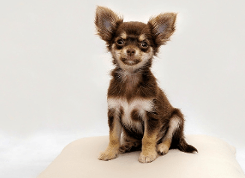 If your pup is listless or not sleeping properly, it’s possible they are a bit under the weather. A vet is the best person to deal with this. However, if they’re unable to establish a cause, it can be worth trying a new food that is higher in antioxidants, like Orijen Adult, as this can provide a much-needed boost to your pup’s immune system.
If your pup is listless or not sleeping properly, it’s possible they are a bit under the weather. A vet is the best person to deal with this. However, if they’re unable to establish a cause, it can be worth trying a new food that is higher in antioxidants, like Orijen Adult, as this can provide a much-needed boost to your pup’s immune system.
3) Healthy weight
Just like in humans, being markedly over or underweight can cause a whole host of health problems. A small amount of middle-aged spread is common in older dogs, but it is a sign that you should consider reducing their portion sizes to keep them healthy into old age.
Regardless of how your pet’s waistline is faring, it’s always best to avoid feeding them scraps of human food, as this is a major cause of weight gain. What’s more, dogs can have intolerances to many foods we eat without difficulty, which is another cause of health niggles.
4) Good digestion
Whether it’s wind, bowel problems or vomiting, digestive problems can be distressing for owner and pet alike, particularly if your vet is unable to pinpoint an underlying problem. A common cause is the level of dietary fibre in your dog’s food. Older pooches generally need more than their younger counterparts, which is why using a specialist food can be so beneficial.
Royal Canin is a particularly good brand for this, as it offers separate types of food for dogs over the ages of seven and ten, meaning your pet gets the most tailored nutrition possible.
While a vet should always be your first port of call if you’re concerned about your dog’s health, hopefully some of these hints and tips have given you an idea of just how important nutrition is for your beloved pet, whatever their stage in life.
Written by: Hannah

